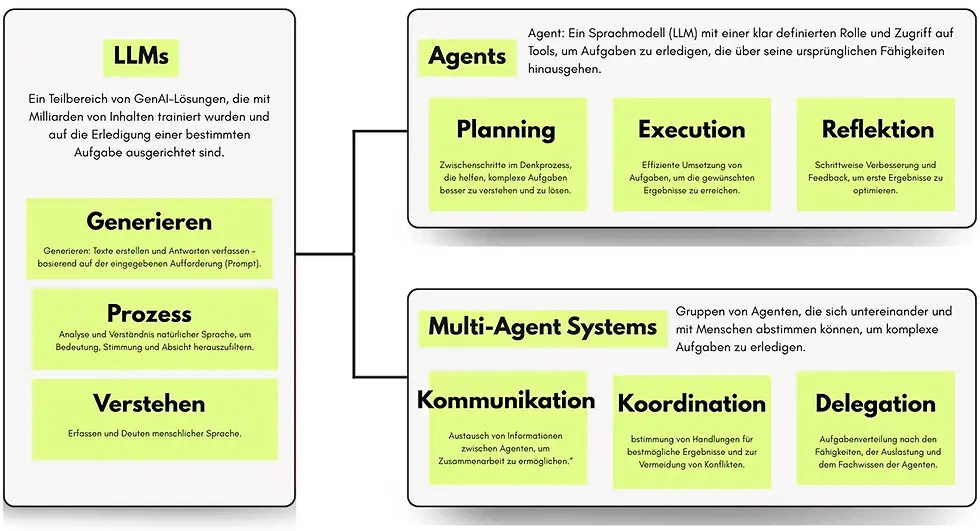
.webp)
From manual to smart: Design HR workflows that save time and relieve employees
Find the best HR tools
.webp)
.webp)
.webp)
Workflows
.webp)
.webp)
.webp)
The modern HR department is changing rapidly. More and more tasks are being supported by digital workflows, automation, and AI – all the way to intelligent agents that can act independently. But what does that mean in concrete terms?
.webp)
Source: adapted from Deloitte- https://drive.google.com/file/d/1T-IRHKryv5yQqS3wW1j1a8Ye2H97pOWK/view
From Workflows To Automation
In the past, HR processes such as onboarding, time tracking, and recruiting were fragmented and manual. Today, these steps can be mapped out using digital workflows: clearly defined processes that are initiated and executed automatically. This saves time, reduces errors, and ensures transparency.
.webp)
Source: adapted from Deloitte- https://drive.google.com/file/d/1T-IRHKryv5yQqS3wW1j1a8Ye2H97pOWK/view
The use of GPTs
Generative AI (e.g., GPTs) adds a new layer: HR teams can interact using natural language. Whether writing job postings, answering FAQs, or creating reports – GPTs understand text input and instantly deliver relevant content. This not only automates workflows, but also makes them more intelligent and flexible.
The next step: AI Agents
AI agents are intelligent systems: They capture context, plan processes, and integrate external tools and data. This enables them to act purposefully, achieve goals, and open up new possibilities.
While GPTs generate content, AI agents go even further:
-
You understand the context.
-
You plan workflows independently.
-
They link tools and data sources.
-
They perform tasks automatically – and are constantly learning.
For example, an AI agent detects that an employee is about to return from parental leave. It plans the onboarding, informs the manager, creates to-dos for IT and payroll, and supports the entire process – virtually without manual intervention.
.webp)
Source: adapted from Deloitte- https://drive.google.com/file/d/1T-IRHKryv5yQqS3wW1j1a8Ye2H97pOWK/view
